Curated by by Golden Pixel Cooperative Vienna
“During my artist residency in Teheran, I discovered that the visual culture there was structured in very different ways from what I had experienced in Europe: The distribution of public and private in real and virtual spaces; the ways in which hiding something might open up new possibilities for expression or for coming together and the fact that some images just were beyond my capacity of seeing or interpreting. After returning to Austria, I projected these experiences onto works in my environment.” (Marlies Poeschl)
This programme of films made by young artists based in Austria deals with questions of visibility, sight, vision and its aesthetical dimensions:
What does it mean to dismantle vision? And what becomes visible then?
In what ways does our ability to see influence our ways of perception? And how do we perceive and relate to the world around us without sight?
In what ways does architecture determine our gaze and how do we mirror ourselves? Which gazes do we look at?
Should we shift perspectives?
(Nathalie Koger and Marlies Poeschl)
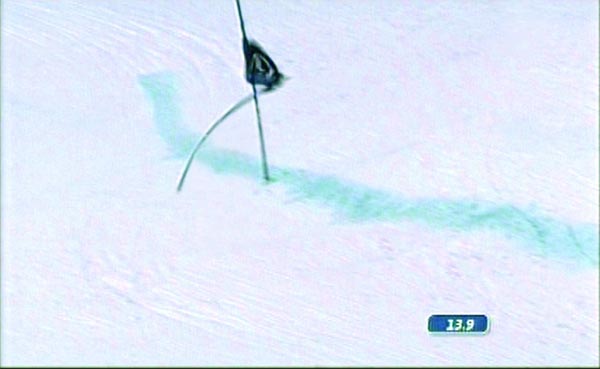
Liddy Scheffknecht: whiteout | 2008, SD, 16:9, 1:18 min
Whiteout is the product name of an opaque correction fluid, used to erase errors in a text written or typed with permanent ink. In the video work whiteout depicts a ski race from which the skier has been removed. Whiteout can also describe a weather condition in which snow and diffuse light can lead to a situation where the sky and earth melt together and the horizon disappears. This causes the space to appear completely empty and infinite and can lead to a loss of orientation. In the video whiteout the camera looses its point of reference and appears to follow a void. What remains in the video is the speed, the mountain, the bending gates, which bend without visible cause and the audience of this event.
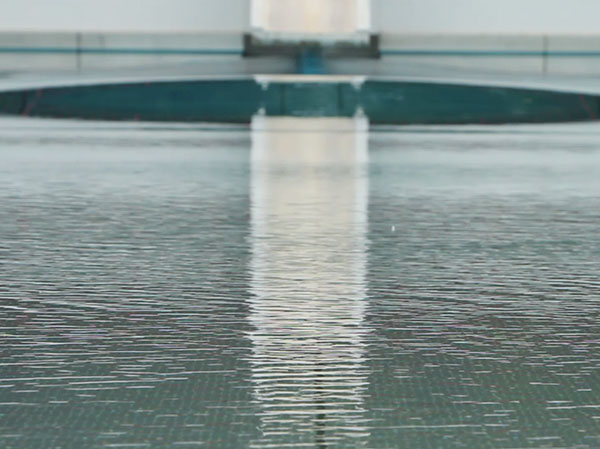
Simona Obholzer 6:00 a.m. – 8:00 a.m. | 2012, HD, pillarbox to 4:3, colour, silent
, 05:15 min.
Simona Obholzer’s silent video work, 6:00 a.m. – 8:00 a.m., (the title refers to the time of day during which it was shot) shows how waves behave within the confines of a swimming pool. Various shots examine the inter-relationship of water, movement and technology. The rhythmic movements of the water rise and fall, shifting back and forth like breathing. The concrete nature of the swimming pool architecture is always present in the image and contrasts with the effect of the movement, which can be described as meditative and sensual. The boundaries of the pool interact with the frame of the image. The borders of the filmic frame and the borders of the architecture become intertwined and question the nature of the gaze as well as the nature of “nature”. The work opens up associations, expectations and questions particularly in relation to that which is possibly absent, such as the missing sound-scape, but without proposing concrete answers.
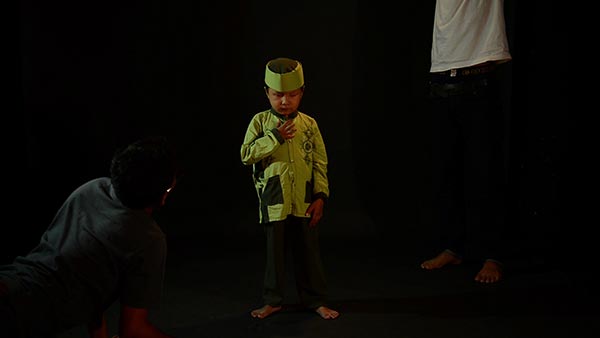
Nathalie Koger: Internalized Image | 2014, HD/ Apple Pro Res, colour, stereo-sound, 3:52 min
A muezzin student can be seen presenting the Islamic call, the Adhan, by invitation into my studio. Up until this part of my stay as Artist in Residence in Indonesia, I had only encountered the call by listening. This sparked a desire in me to contact muezzins and witness the bodily act visually and to offer them a personal encounter. This student was brought along without any prearrangement and he created the most astonishing moment for me (with the awareness of being filmed and having the people on the set as spectators and listeners): the profound communication of the self with his body, deity itself.
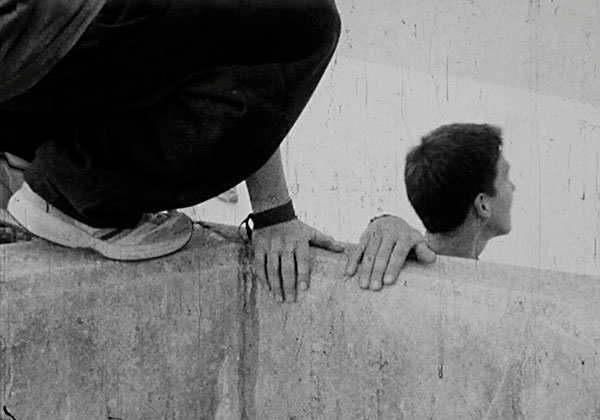
Josephine Ahnelt: Tic Tac | 2011, Original format: super 8, transferred to HD, b&w, silent, 2:38min
Tic Tac is a zigzagging parkour move in which the runner pushes off from a surface to jump over obstacles or climb tight spaces between buildings. However, not much of the eponymous technique can be seen in young filmmaker Josephine Ahnelt’s work: the movement takes place in the protagonists’ faces. Tic Tac examines in microscopic detail the psychological processes that play out while a group of young parkour traceurs do their thing. The camera focuses on their facial expressions and gestures, their anxiety and nervousness, and also their pleasure and pain. (Angelika Unterholzner)
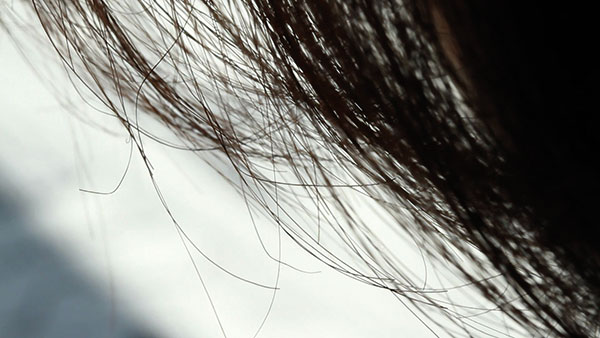
Christiana Perschon: Noema | 2014, HD, colour, stereo, 29:00 min,
Audio-visual notes on the encounter with 93 year old painter Tatjana, who is losing her eyesight. Gestures gently observed through the tips of her hair interfere with thoughts about the sense of time and a dreamlike reality. Moving images follow the painter’s alignment relying more than ever on her experienced hand and imagination and exploring sensory perception beyond seeing.
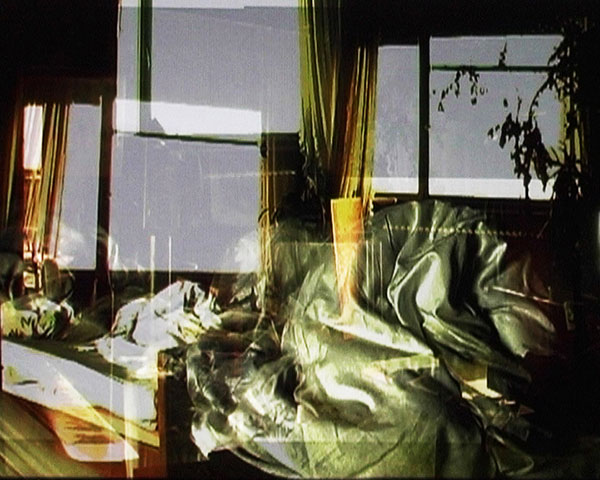
Barbara Schwertführer: DAS HAUS (The house) | 2014, SD, colour, sound, 4:11min
DAS HAUS (The house) is an experimental short film in two parts. One part is built out of single frames which are shown in very quick succession. They are actually shown so fast, that the human perception starts to mix and mash them together, thereby creating a unique visual experience. The second part contains only blackness and sound. I created it after my parent’s home nearly burnt down when a candle accidentally ignited a curtain, and half the house went up in flames in just a few minutes.
During the clean-up I took pictures and filmed, and used these images as my building blocks for a “structural film” (an important genre in Austrian experimental film), where almost every individual frame is placed intentionally according to a plan that has been developed beforehand. Where I deviated from the classic concept though, was with the musical score, which intentionally dramatizes and personalizes the structure and the material, which I felt was important for my “storyline“ (even though I was told “it is not done in structural film”).
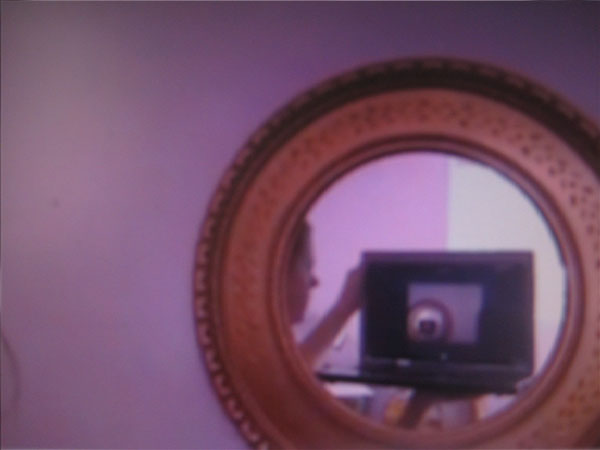
Jennifer Mattes: M.ANY | 2009, HD, colour, sound, 8:23 min
Working with found footage material, Jennifer Mattes offers us access to the private spaces that belong to unknown amateur filmmakers. Images of casual apartments, uploaded to the Internet by their owners, become the material of this film. The apartment owners open the door to their homes, they let us catch a glimpse of their private intimate space – and their homes start to communicate about them. Footage of different apartments is combined and interspersed in order to create a nightmarish maze, which is held together by an atmospheric soundtrack that allows us to project different fragments of narration onto those spaces.
The Internet becomes a theatrical space, a stage for performance and selfrepresentation. Observers become the observed, viewers become stalkers. M.ANY deals with the interspaces of private and official, subject and object, interior and exterior.
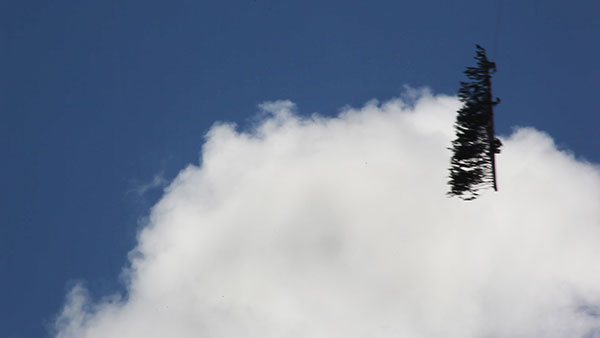
Katharina Swoboda: Untitled (Flying trees) | 2013, HD, colour, sound, 03:00 min
The work is about the transportation of felled trees by helicopters in Graubunden, Switzerland. The video shows only a part of the sky, which is repeatedly traversed by a helicopter with a single tree. This method of carrying trees is not uncommon in the mountains, but very expensive and therefore rarely used.
